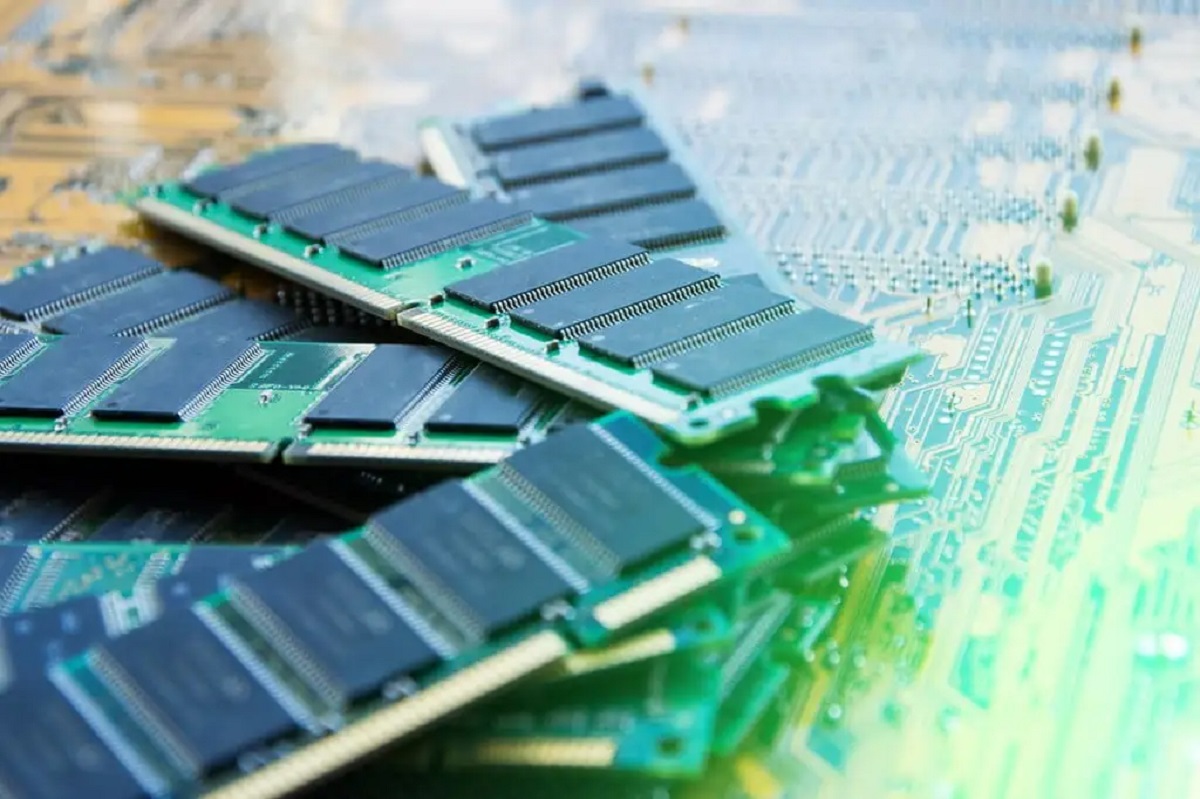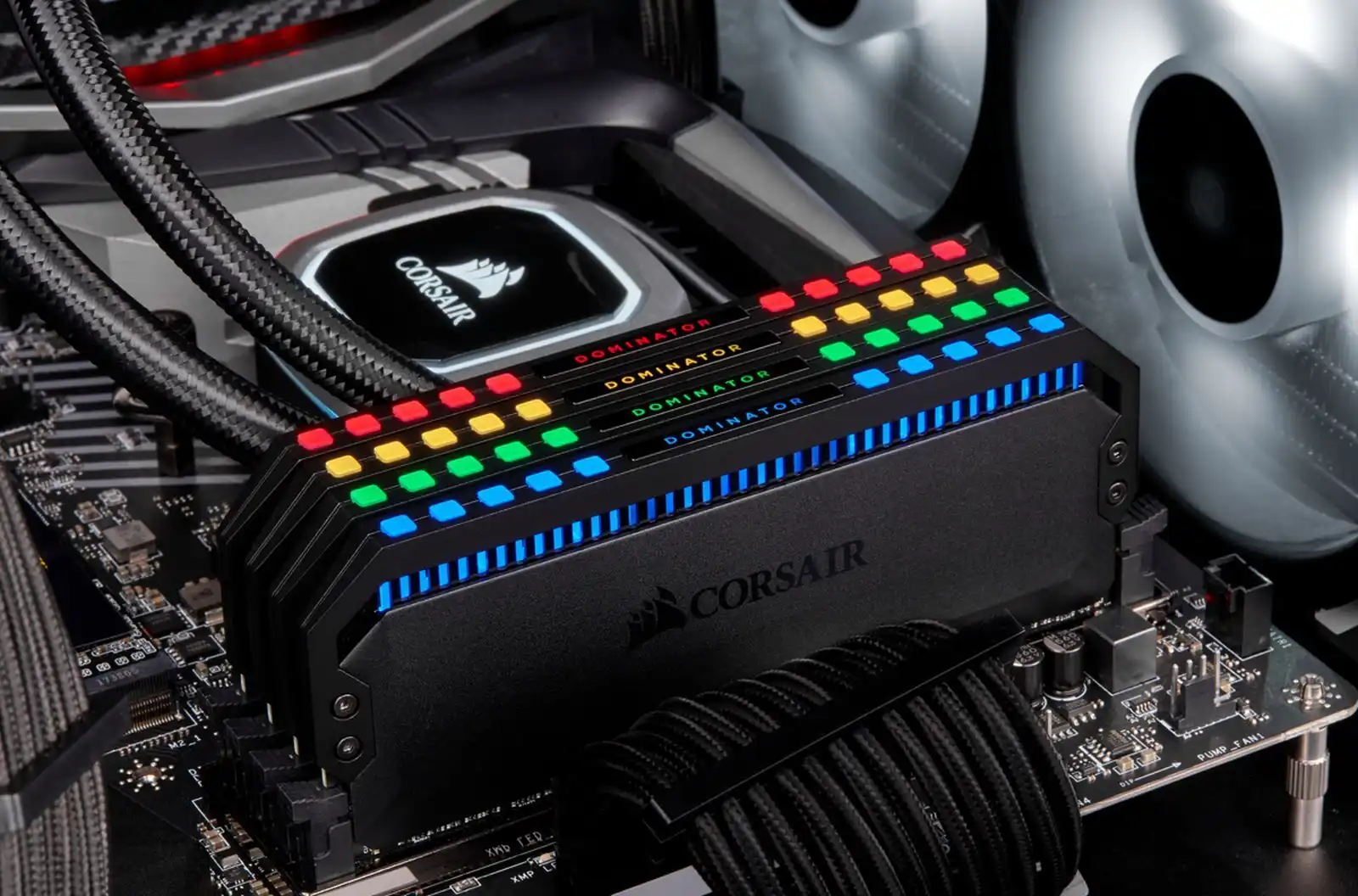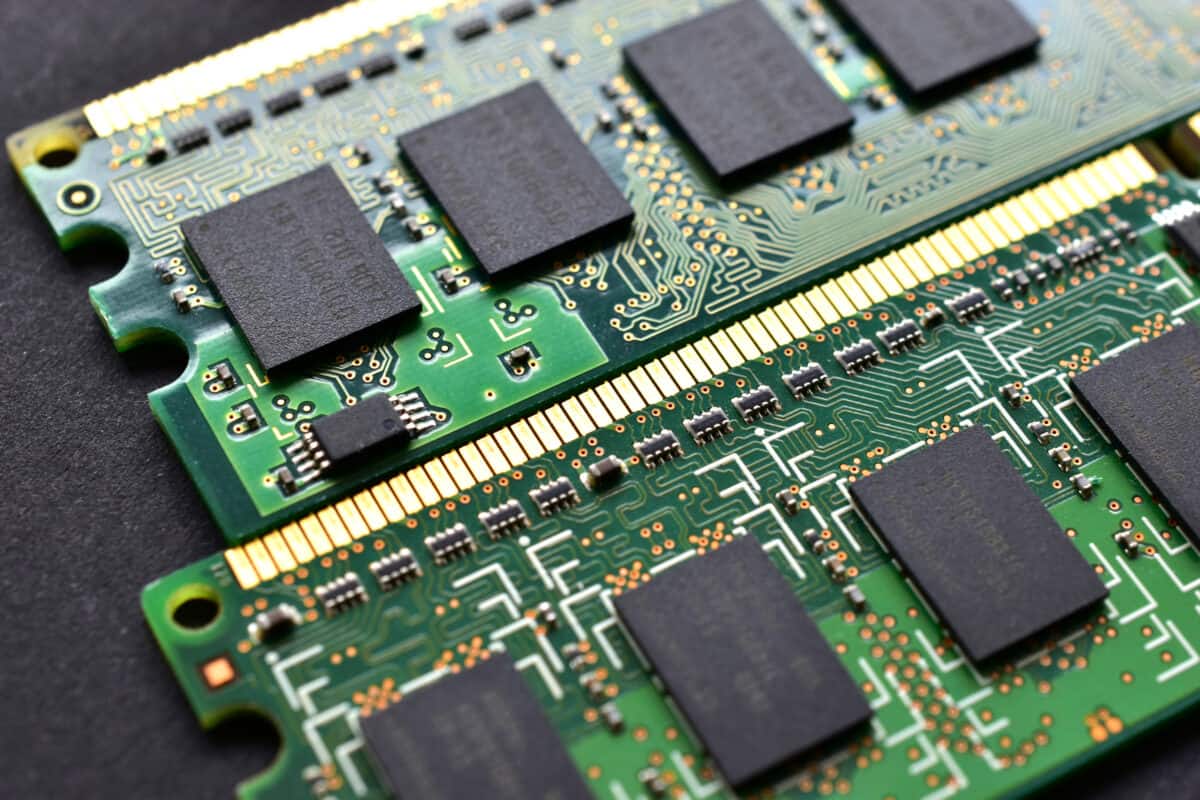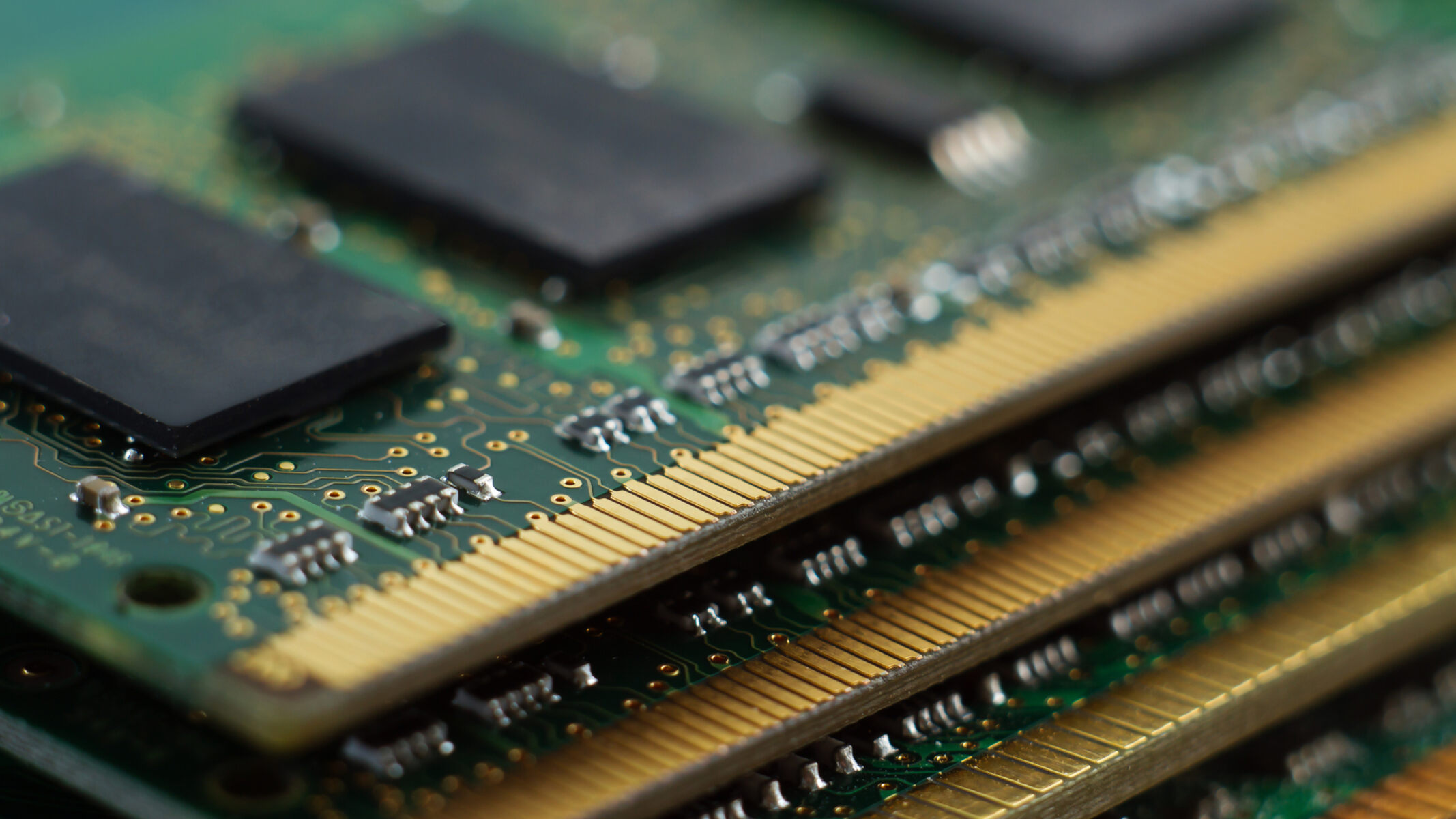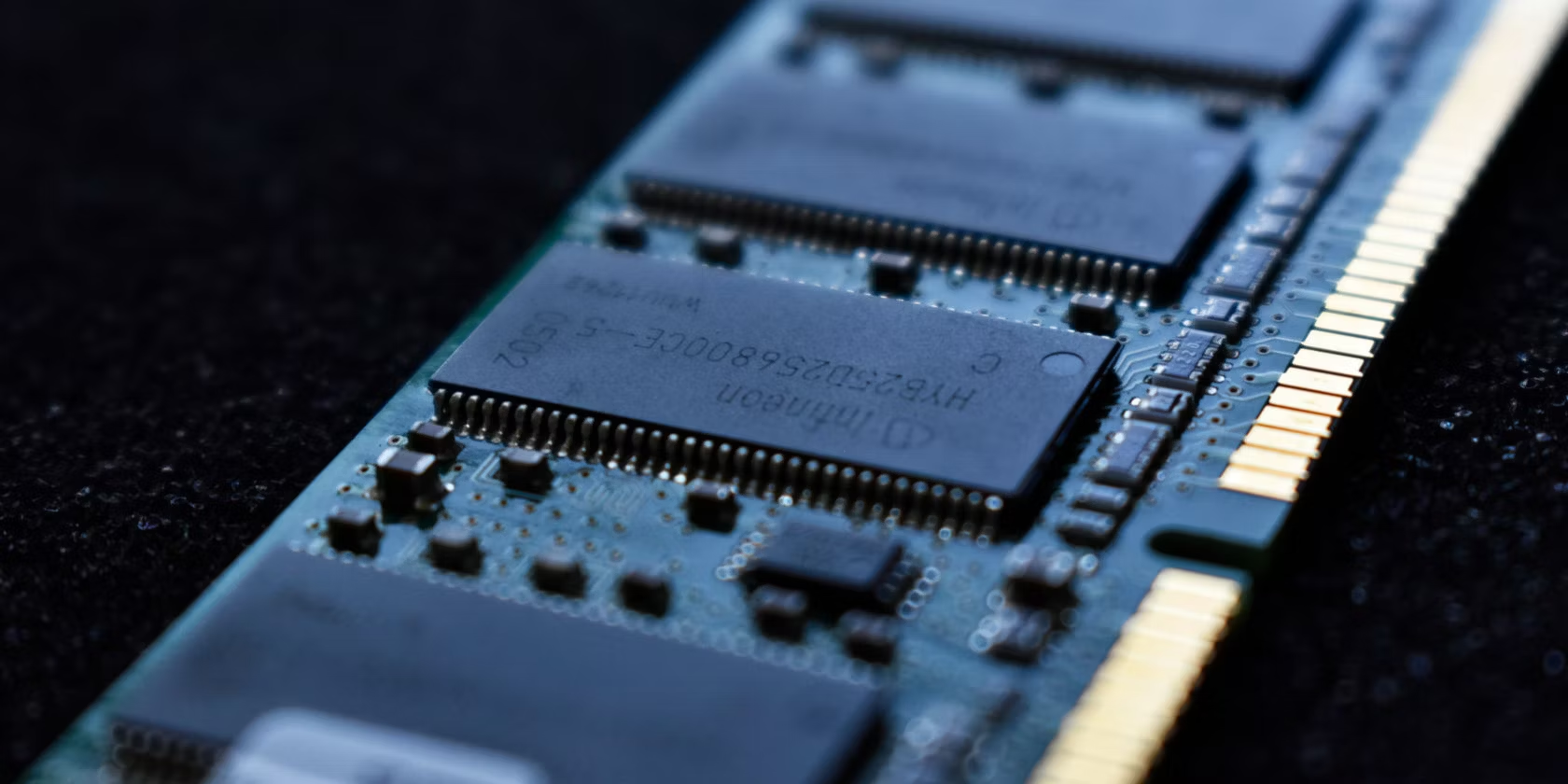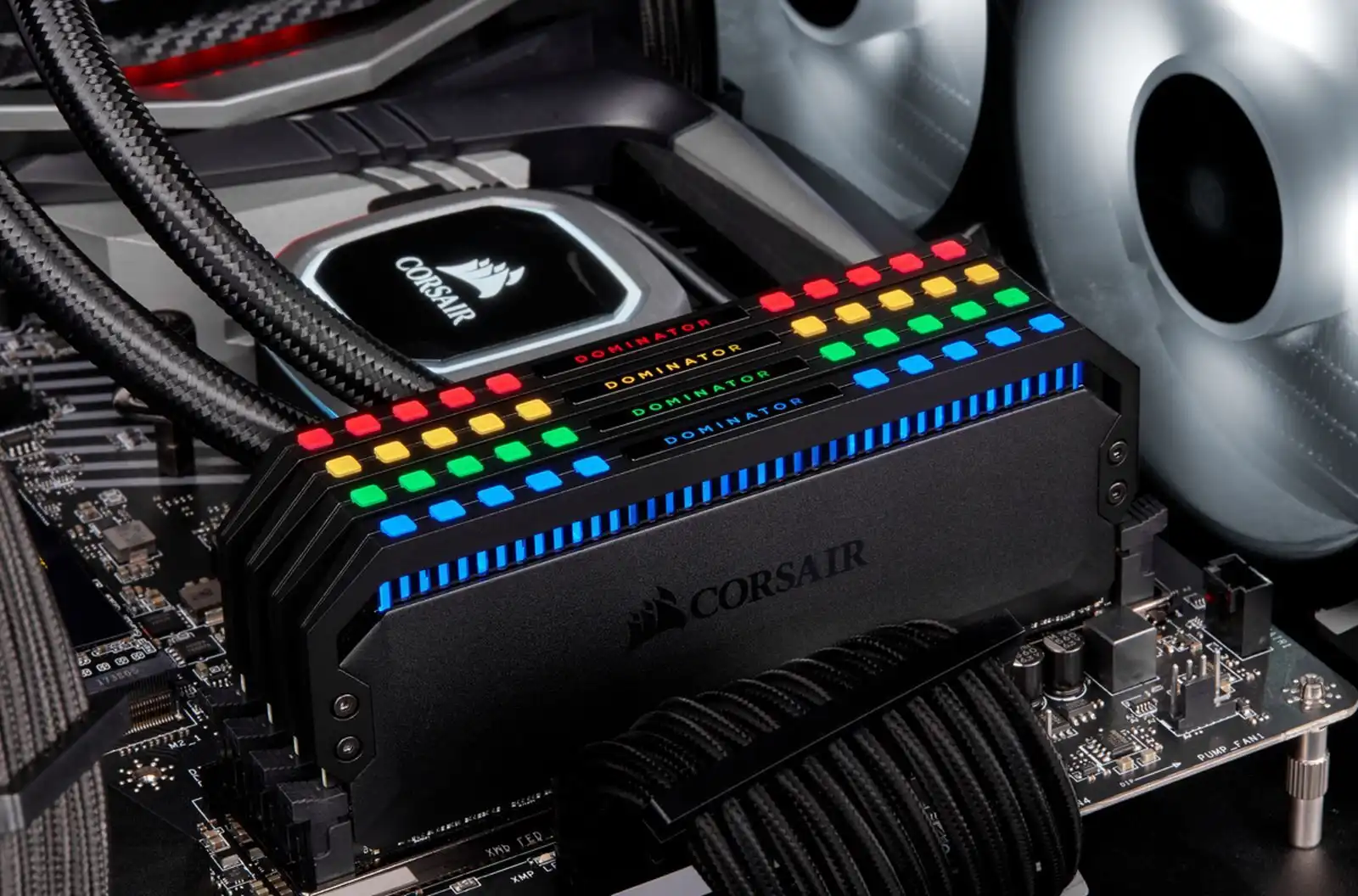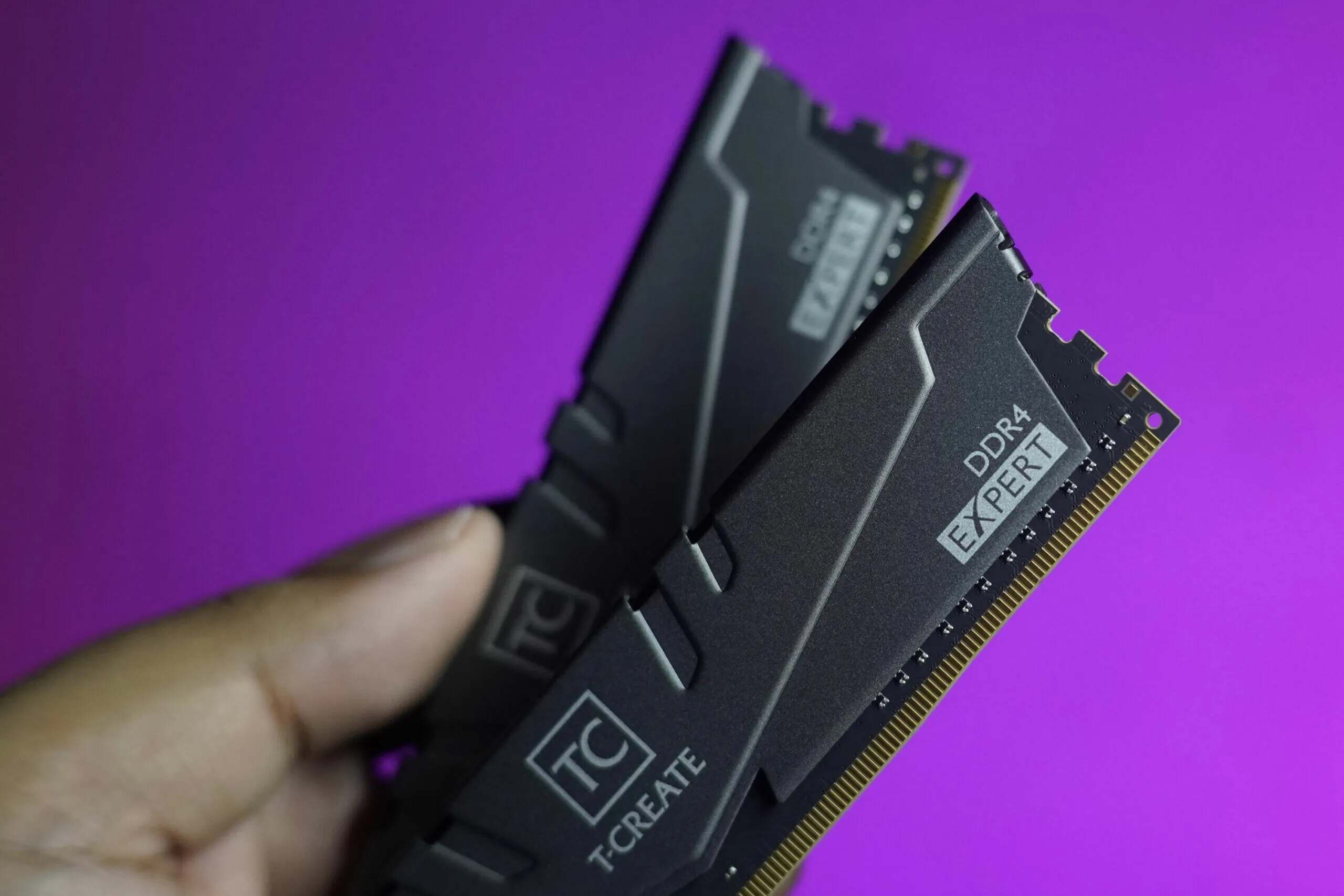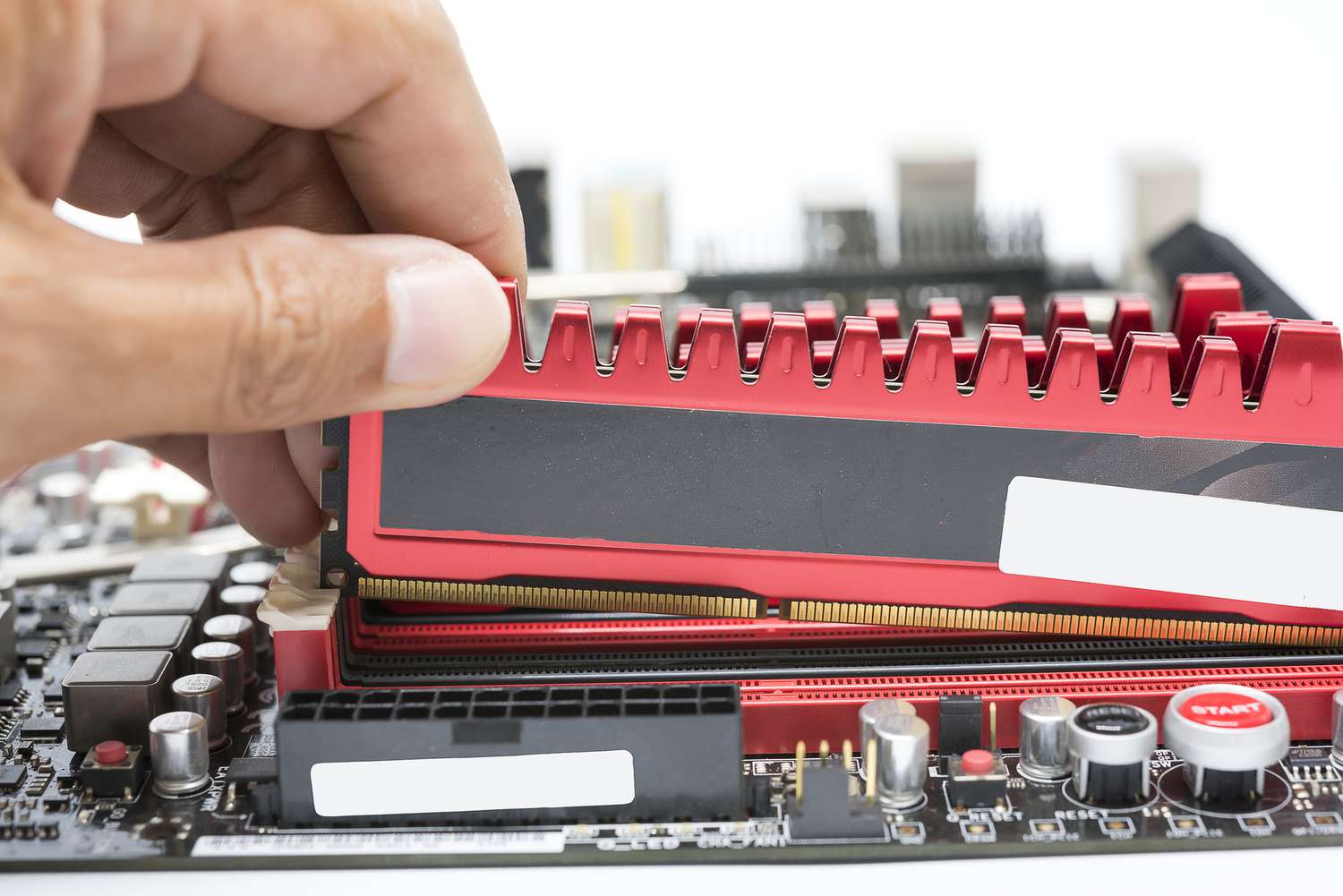Introduction
Random Access Memory, commonly known as RAM, is a crucial component of any computer system. It plays a vital role in the performance and speed of your device. When it comes to purchasing or upgrading RAM, it is important to know if you have DDR3 or DDR4 RAM. DDR stands for Double Data Rate, and each generation of DDR RAM offers advancements in speed and efficiency.
Identifying whether your RAM is DDR3 or DDR4 is not as straightforward as looking at the physical appearance. Both types of RAM modules may look very similar, making it difficult to differentiate between them visually. However, there are several methods you can use to determine which type of RAM you have. In this article, we will discuss various techniques that will help you easily determine if your RAM is DDR3 or DDR4.
Knowing the type of RAM installed in your system is crucial for several reasons. It determines the compatibility of your RAM modules with the motherboard, as different generations of RAM are not interchangeable. Additionally, DDR4 RAM offers improved data transfer rates and power efficiency compared to DDR3 RAM. Understanding your RAM type can help you make informed decisions when it comes to upgrading or troubleshooting your system.
In the following sections, we will explore different methods to identify the type of RAM in your computer. These methods range from visually inspecting the physical appearance of the RAM module to using system information tools, command prompt, and third-party software. By following these techniques, you can confidently determine whether your RAM is DDR3 or DDR4, allowing you to optimize your computer’s performance and ensure compatibility with your hardware.
Physical Appearance
One of the simplest ways to determine if your RAM is DDR3 or DDR4 is by examining its physical appearance. While this method may not always be 100% accurate, it can give you a good indication in most cases.
DDR3 and DDR4 RAM modules have some noticeable physical differences that can help you differentiate between them. Here are a few key characteristics to look for:
- Pins: DDR3 RAM modules typically have 240 pins, while DDR4 RAM modules have 288 pins. Counting the number of pins on your RAM module can help you determine its type.
- Notch: The location of the notch on the RAM module can also provide a clue about its generation. DDR3 modules have a notch closer to the center, while DDR4 modules have a notch slightly off-center.
- Keying: DDR4 RAM modules feature a different keying notch compared to DDR3 modules. The keying notch is a small cutout on the bottom edge of the module that ensures proper alignment with the motherboard’s RAM slot.
While these physical differences can be helpful, it’s important to note that there can be variations in the appearance of RAM modules from different manufacturers. Therefore, it’s always a good idea to cross-reference your visual analysis with other methods to ensure accuracy.
If you are unsure about the physical appearance of your RAM module or find it difficult to distinguish between DDR3 and DDR4, there are other methods available that can provide a more definitive answer. Let’s explore these methods in the following sections.
Checking the Manual
If you still have the manual that came with your computer or motherboard, it can be a valuable resource for determining the type of RAM installed. The manual often includes detailed specifications and information about the hardware components, including the supported RAM types.
Follow these steps to check the manual and identify the RAM type:
- Locate the manual that came with your computer or motherboard.
- Refer to the section that discusses RAM or memory specifications.
- Look for information that indicates whether the system supports DDR3 or DDR4 RAM.
If you don’t have a physical copy of the manual, you can usually find it online by visiting the manufacturer’s website and searching for the model number of your computer or motherboard. Most manufacturers provide digital copies of manuals that can be downloaded for reference.
Checking the manual is a reliable method as it provides accurate information specific to your hardware. However, it may not be the most convenient method, especially if you no longer have access to the manual or if it’s not available in a digital format.
If checking the manual isn’t an option, there are other methods we can explore to determine your RAM type. Let’s move on to the next section.
Using System Information
Your computer’s operating system provides a built-in tool called “System Information” that can help you identify the type of RAM installed. Here’s how you can use it:
- Open the Start menu and search for “System Information.”
- Click on the “System Information” or “msinfo32” application to open it.
- In the System Information window, locate the “System Summary” section.
- Look for the “Installed Physical Memory (RAM)” field.
- Under the “Type” column, you should see the specification of your RAM, indicating whether it is DDR3 or DDR4.
The System Information tool provides comprehensive details about your computer’s hardware, including the type of RAM installed. It can be a reliable method to quickly determine the RAM type without the need for manual inspection or third-party software.
Keep in mind that the System Information tool may vary slightly depending on the version of the operating system you are using. However, the overall process should remain similar.
If the System Information tool doesn’t provide the RAM type information or if you need more advanced features, there are alternative methods available. Let’s explore one of them in the following section.
Using Command Prompt
Another method to determine the type of RAM installed on your computer is by using the Command Prompt. The Command Prompt allows you to access various system information and hardware details. Here’s how you can use it to identify your RAM type:
- Open the Command Prompt by typing “cmd” into the search bar and selecting the “Command Prompt” application.
- In the Command Prompt window, type the following command:
wmic memorychip get MemoryType - Press Enter to execute the command.
- You will see the MemoryType value returned, which indicates whether your RAM is DDR3 or DDR4. Typically, a value of “21” represents DDR3, while a value of “24” represents DDR4.
Using the Command Prompt can provide a quick and accurate way to determine your RAM type, especially if you are comfortable working with command-line interfaces. However, if you prefer a more user-friendly approach or need additional information about your RAM, there is another method you can use – third-party software.
In the next section, we will explore the use of third-party software to identify the RAM type.
Using Third-Party Software
If you prefer a more user-friendly approach or if you want to gather more detailed information about your RAM, using third-party software can be a convenient option. There are several reliable software tools available that provide comprehensive system information, including RAM specifications. Here’s how you can use third-party software to identify your RAM type:
- Research and choose a reputable system information tool or RAM identification software. Some popular options include CPU-Z, Speccy, and HWiNFO.
- Download and install the chosen software on your computer.
- Launch the software and navigate to the section that displays RAM information.
- Look for the field that specifies the type of RAM installed, which will indicate whether it is DDR3 or DDR4.
Third-party software often provides a user-friendly interface and displays detailed information about your system components, making it easier to identify the RAM type. These tools can also provide additional details such as clock speeds, timings, and other technical specifications.
It’s important to note that using third-party software may require downloading and installing additional applications on your computer. Always ensure that you download software from trusted sources to avoid potential malware or security issues.
Now that you have learned different methods to determine your RAM type, you can confidently identify whether your RAM is DDR3 or DDR4 using the physical appearance, checking the manual, utilizing system information, employing the Command Prompt, or relying on third-party software.
Conclusion
Identifying the type of RAM installed in your computer is essential for ensuring compatibility, optimizing performance, and making informed decisions when it comes to upgrading or troubleshooting your system. In this article, we explored several methods to determine whether your RAM is DDR3 or DDR4.
We started by discussing the physical appearance of RAM modules, highlighting key differences such as the number of pins, location of the notch, and keying. While this method can provide a visual clue, it may not be definitive in all cases.
We then examined the option of checking the manual that came with your computer or motherboard. The manual often includes detailed specifications and information about the supported RAM types, making it a reliable source.
Next, we explored using the built-in System Information tool in your operating system. This tool provides a convenient way to access information about your hardware, including details about the type of RAM installed.
For more advanced users, we discussed using the Command Prompt to execute a command that retrieves the specific MemoryType value, indicating whether your RAM is DDR3 or DDR4.
Lastly, we explored the option of using third-party software. These software tools provide a user-friendly interface and comprehensive system information, allowing you to easily identify your RAM type and gather detailed specifications.
By utilizing the methods described in this article, you can confidently determine the type of RAM installed in your computer. This knowledge will empower you to make informed decisions when it comes to upgrading your system or troubleshooting any compatibility issues that may arise.
Remember, understanding your RAM type is an important step in ensuring optimal performance and efficiency for your computer. Stay informed, keep your hardware up to date, and enjoy a seamless computing experience!







